Introduction to Charts
On Poetry, Comics, and Being Vulnerable
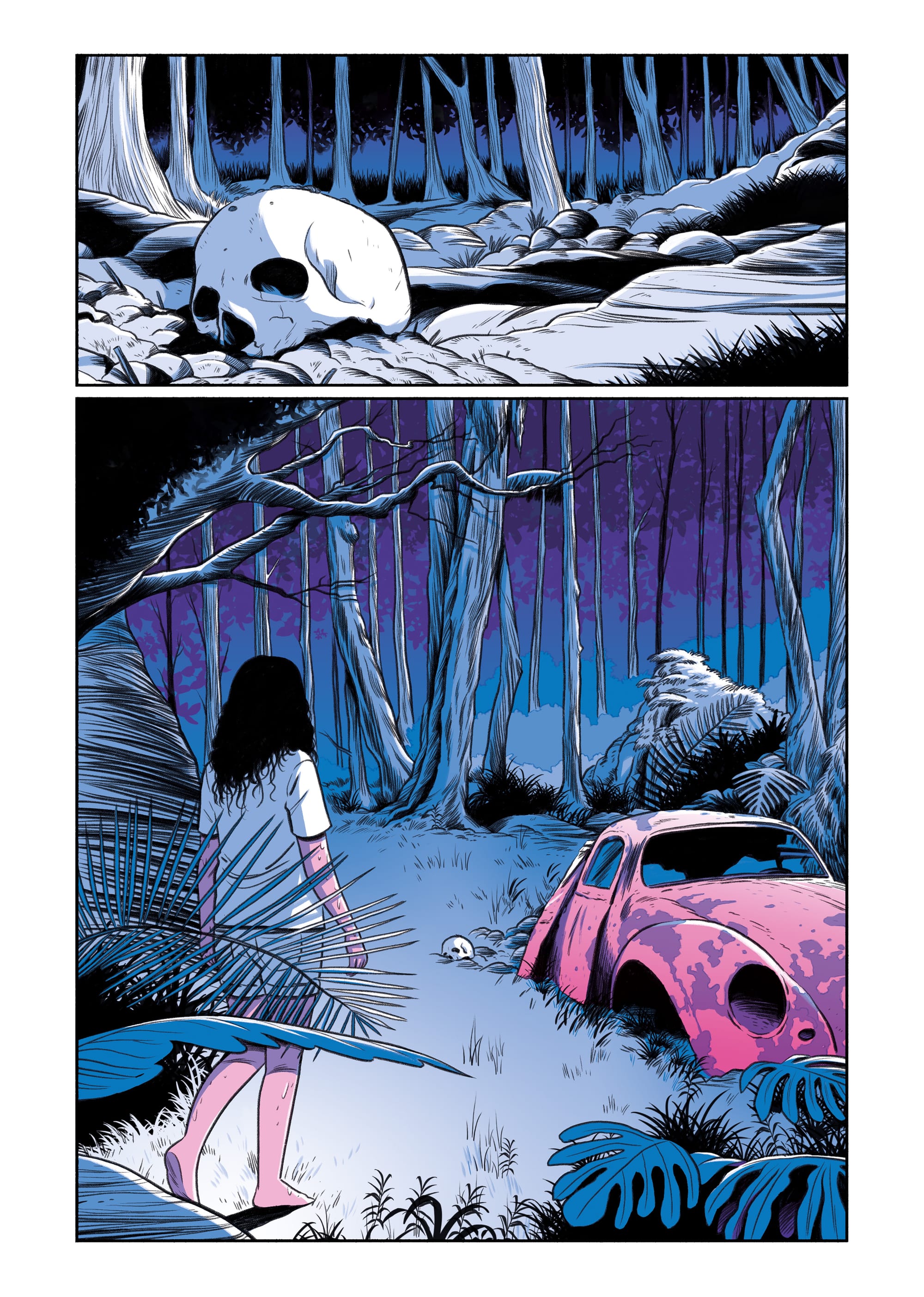
Despite falling into the trap of using cinematic language to script comics or describe panels (“close-up”, “long shot”, “establishing shot” etc.) I’ve always agreed with Alan Moore’s assertion that a reliance on thinking about comics as a sibling of film sells our medium short:
“Any emulation of film technique by the comics medium must inevitably suffer by the comparison […] In the final analysis you will be left with a film that has neither movement nor a soundtrack. The use of cinematic techniques can advance the standards of comic art and writing, but if those techniques are seen to be the highest point to which comic art can aspire, then the medium is condemned forever to be a poor relative of the motion picture industry. That isn’t good enough.” - Alan Moore (Writing For Comics)
In his essay from 1985, Moore goes on to compare the prose novel to comics. Noting where we can draw parallels between the two mediums and where we can’t, before concluding:
“Rather than seizing upon the superficial similarities between comics and films or comics and books in the hope that some of the respectability of those media will rub off upon us, wouldn’t it be more constructive to focus our attention upon those ideas where comics are special and unique? Rather than dwelling upon film techniques that comics can duplicate, shouldn’t we perhaps consider comic techniques that films can’t duplicate?” - Alan Moore (Writing For Comics)
While I think things have improved, I think it’s depressing that Moore’s words, written 30 years ago, still have a lot of relevance in the way readers, critics, and even a lot of practitioners of the form continue to think about and engage with comics.
When I first met poet Chrissy Williams, we bonded over how many similarities there were between comics and poetry. For me, poetry has always been the medium that I think of as comics' closest comparison. The one comics should be looking towards for inspiration. Both mediums try to condense complex and difficult ideas/emotions/stories into the fewest possible lines, using syntax and rhythm specific to their art form. While also facing opposite problems in public perception - namely, that comics are “low art” for nerds, while poetry is “high art” and only for those smart enough to “get it”.
Chrissy distilled some of our thoughts about the comparisons between poetry and comics into these statements about the two mediums:
- Economy of line is paramount
- Each panel and page must be carefully constructed
- Consider how much will fit on the page
- Put everything in its right place
- Choose whether to prioritise ideas or form
- Juxtaposition is an important tool
- Composition is not linear, but a whole system of architecture
- The reading process is one of interpretation rather than perception
- The reader is inextricable from the art
- All the right notes, not necessarily in the right order
- What happens off the page is as important as what happens on it
- The impossible can be made possible
When we started experimenting with poetry comics, we tried to find ways of collaborating that wouldn’t result in “illustrated poems” and were, instead, something entirely new and specifically poem comics. This all came together with a book we co-edited - Over the Line: An Introduction to Poetry Comics - that is now sold out (though you can get a digital pdf of it here).
Our recent collaborations have been some of my favourite and most fulfilling comics work of the past few years. First of Many, a short four page poem comic that we made while processing pretty difficult times in our lives, remains one of the comics I’m proudest of. As is its follow-up, Static.
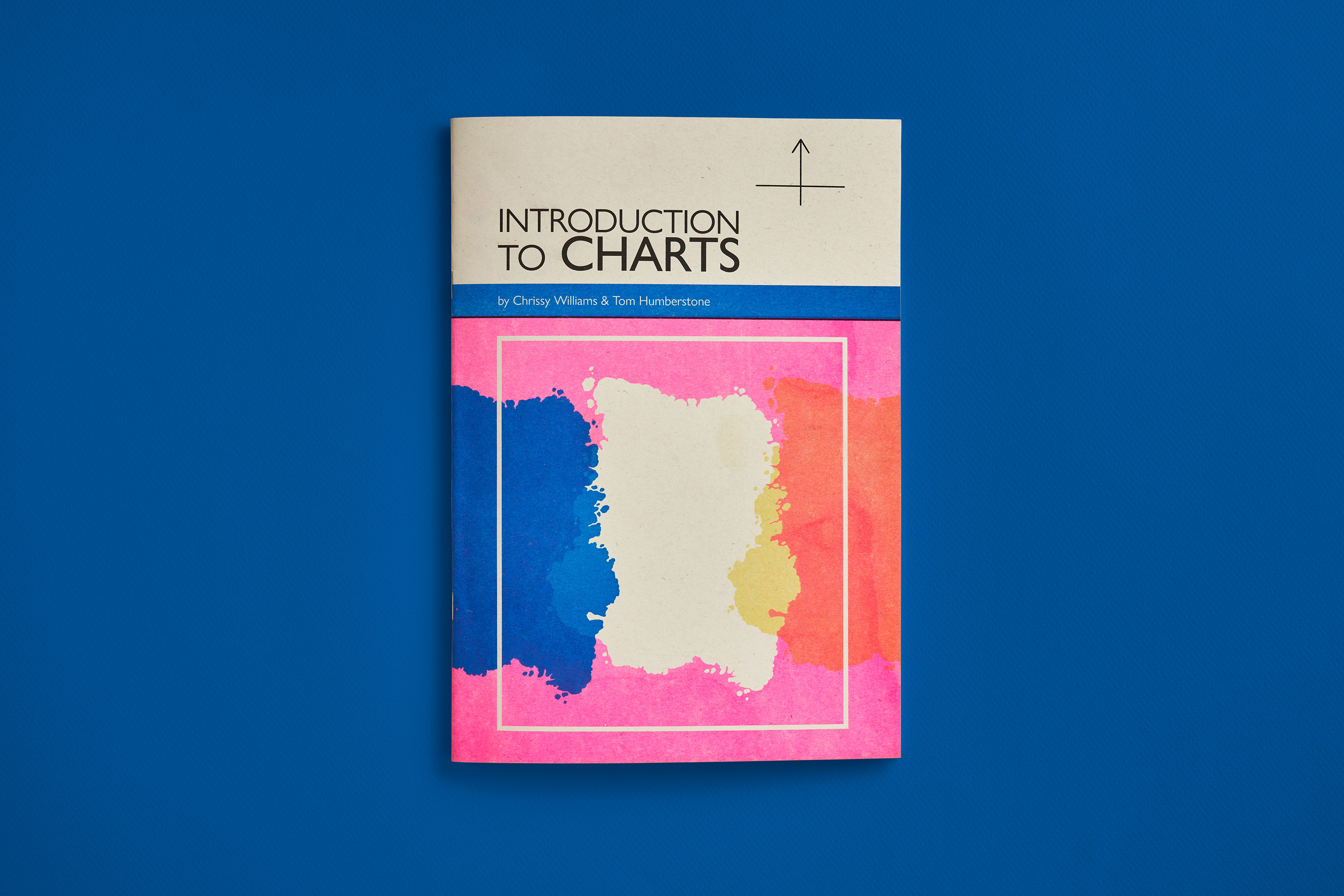
Which brings me to Introduction to Charts. Charts was originally a poem that Chrissy sent to me in 2018 (before First of Many and Static) to see if I was interested in collaborating on it. I was immediately taken with it and could see it as a long-form, narrative poem comic - something we’d never tried before. We sent a script back and forth until we had a 28 page comic written but, around the same time, I’d started work on Suzanne and so Charts took a backseat. It wasn’t until after the launch of Suzanne, four years later, that I was able to pick it back up as a project.
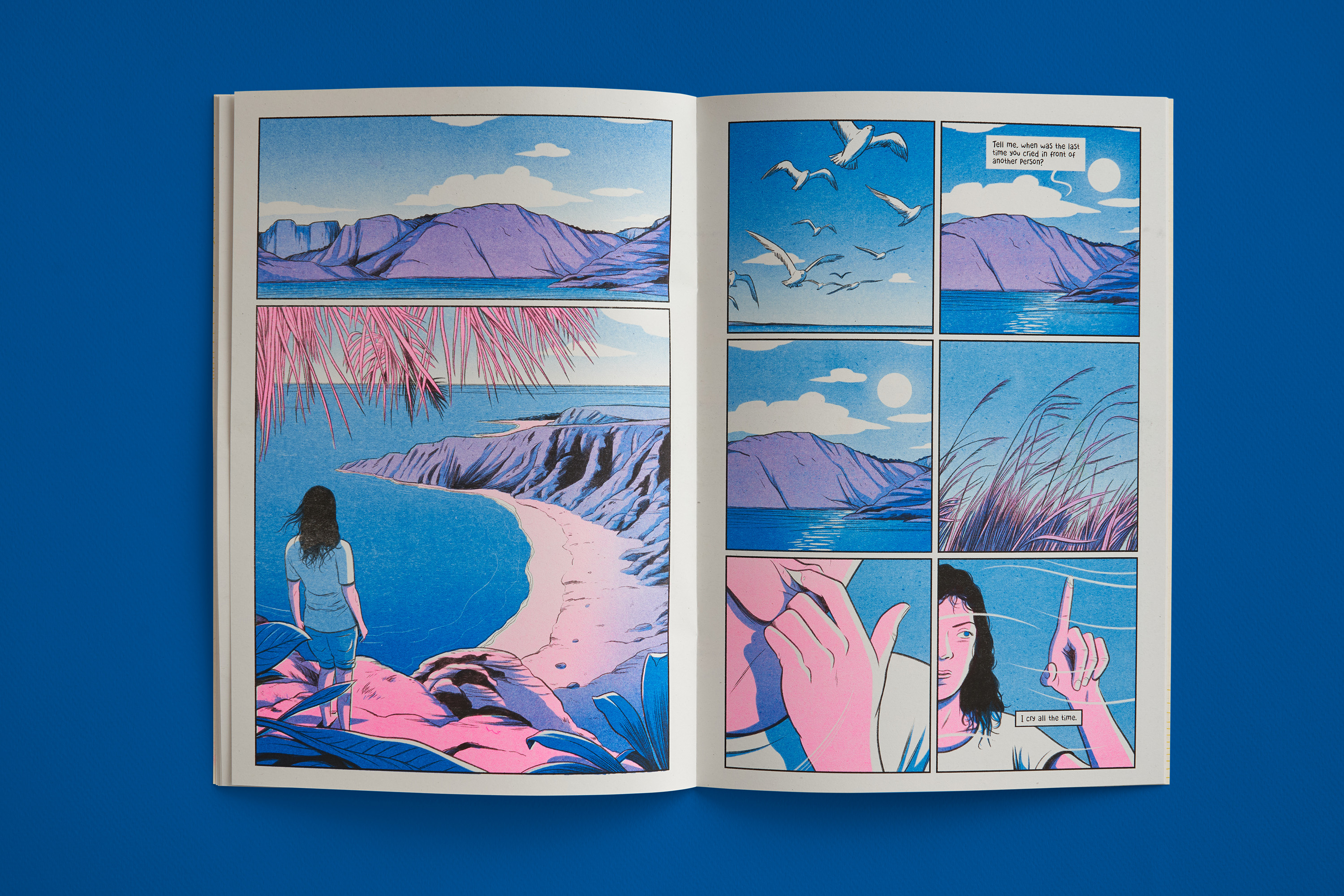
I’m so glad we were able to return to it as it’s a work I’m immensely proud of and think has turned out better than I could have hoped. It’s been printed as a beautiful four colour riso-comic (my interest in which is discussed more in my newsletter about trying to eschew perfectionism) using black, fluo pink, blue and yellow by Out of the Blueprint in Edinburgh.
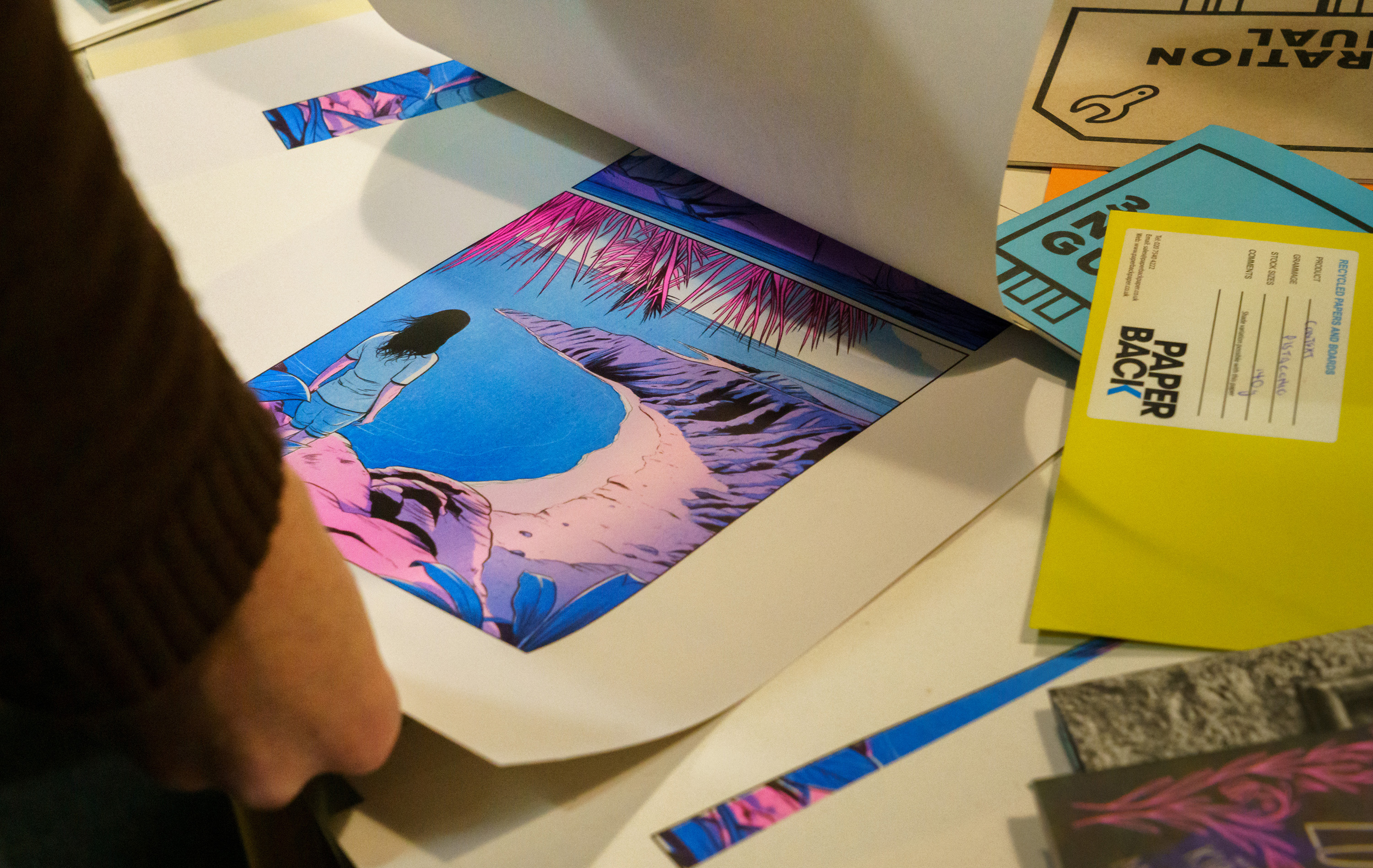
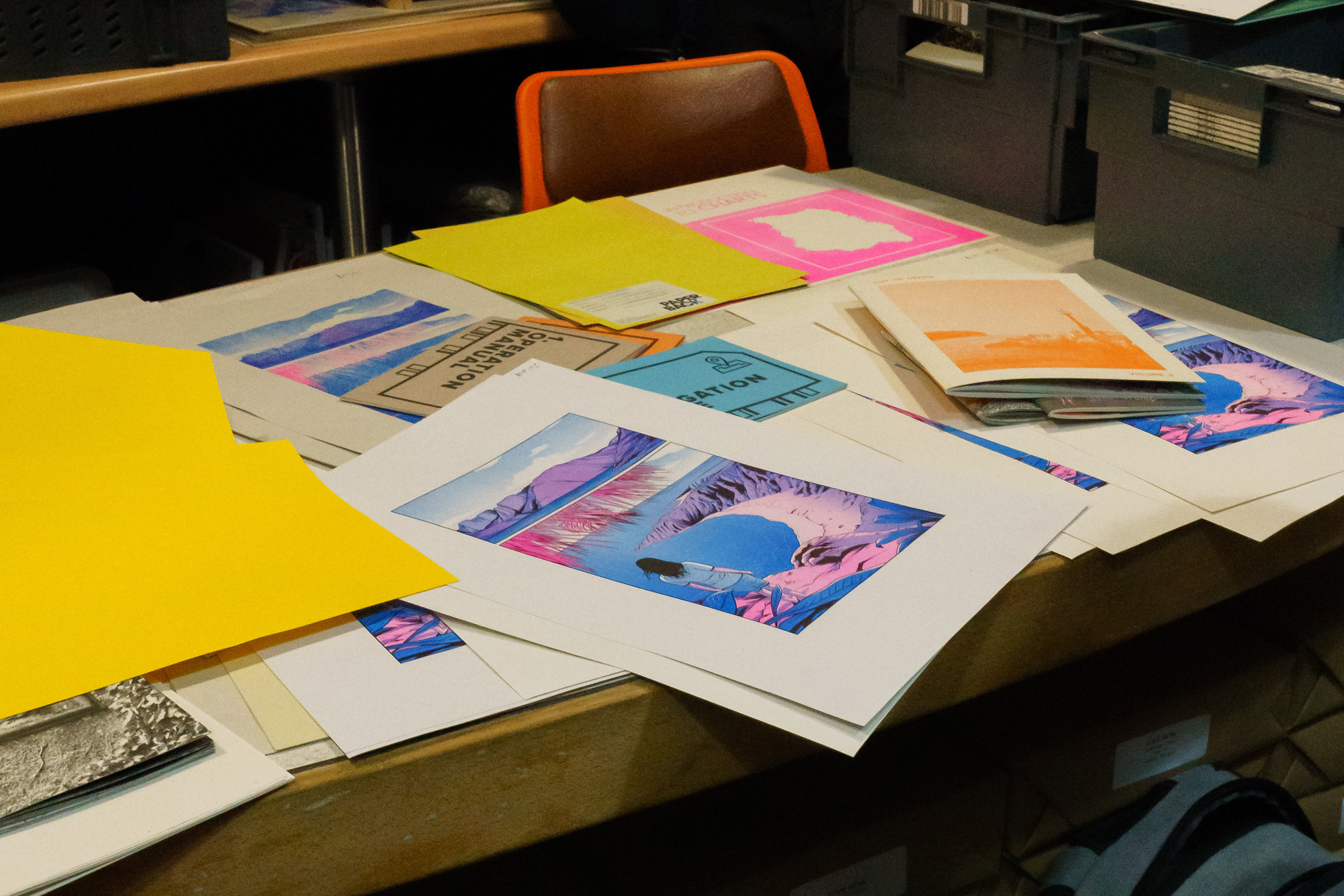

With all of my projects I like to establish certain rules and limitations about layout, colour, and composition - and Charts is no different. In fact, there’s a very specific rhythm and structure to Charts that is broken and played with as the comic progresses.
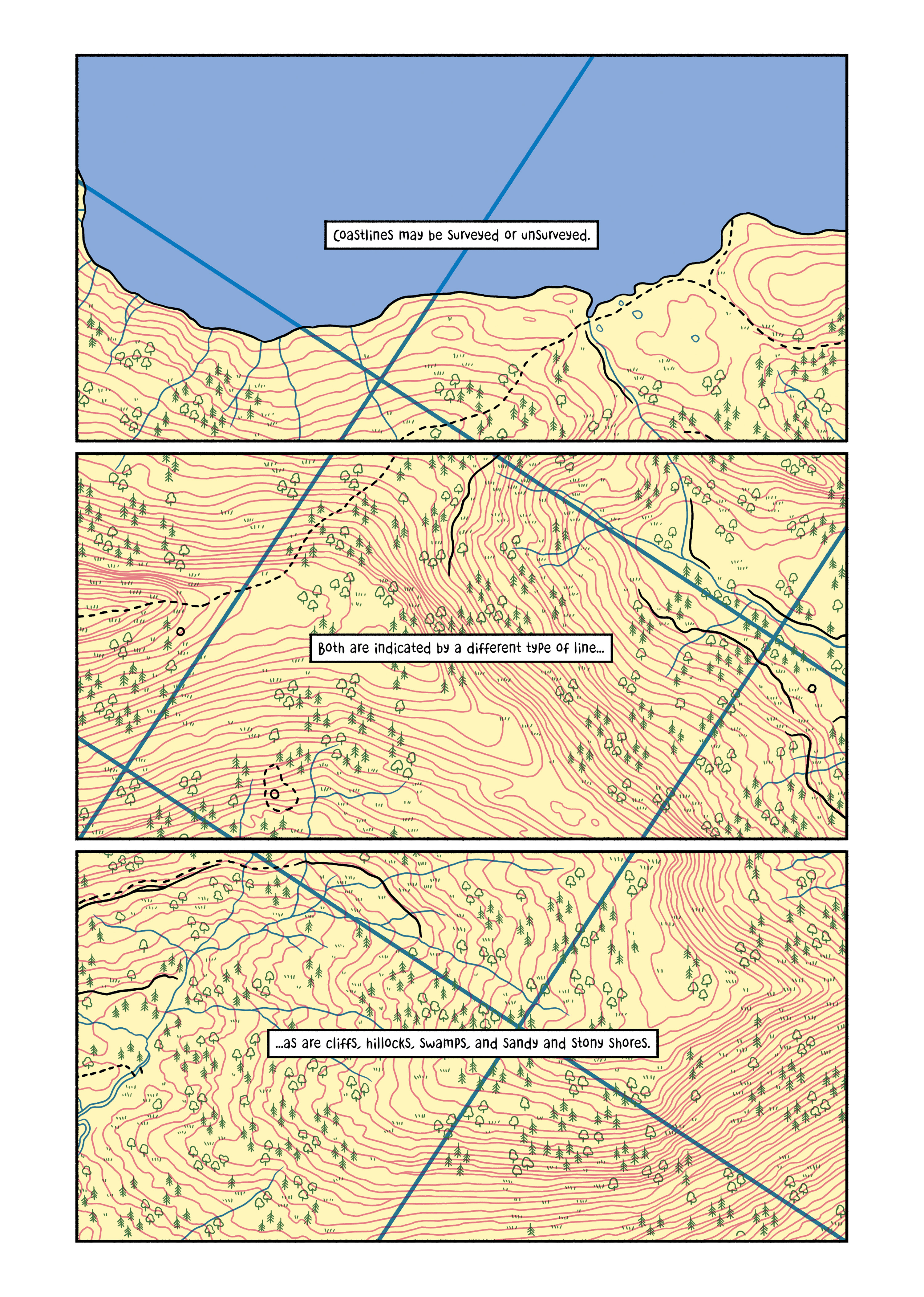
I’d like to go into more detail about the themes and ideas of the comic, and our use of maps and charts in it, and all the other small/large decisions that have gone into making it - but I suspect I should probably let people read it and interpret it themselves without me peering over their shoulder.
These poem comics are some of the times where I feel the most vulnerable and exposed as an artist. The visual connections I make with Chrissy’s words are usually very instinctive. It’s very liberating and exciting but it also feels like everyone can see me naked.
The comic is now available to buy online from my website. It’s a limited printrun of 150 copies and I’m unlikely to do a reprint (though never say never). If you’d like to buy a signed copy directly from Chrissy and I - we’ll be signing copies at Gosh! Comics in London this Saturday (23rd March) at 1-2pm. More info:
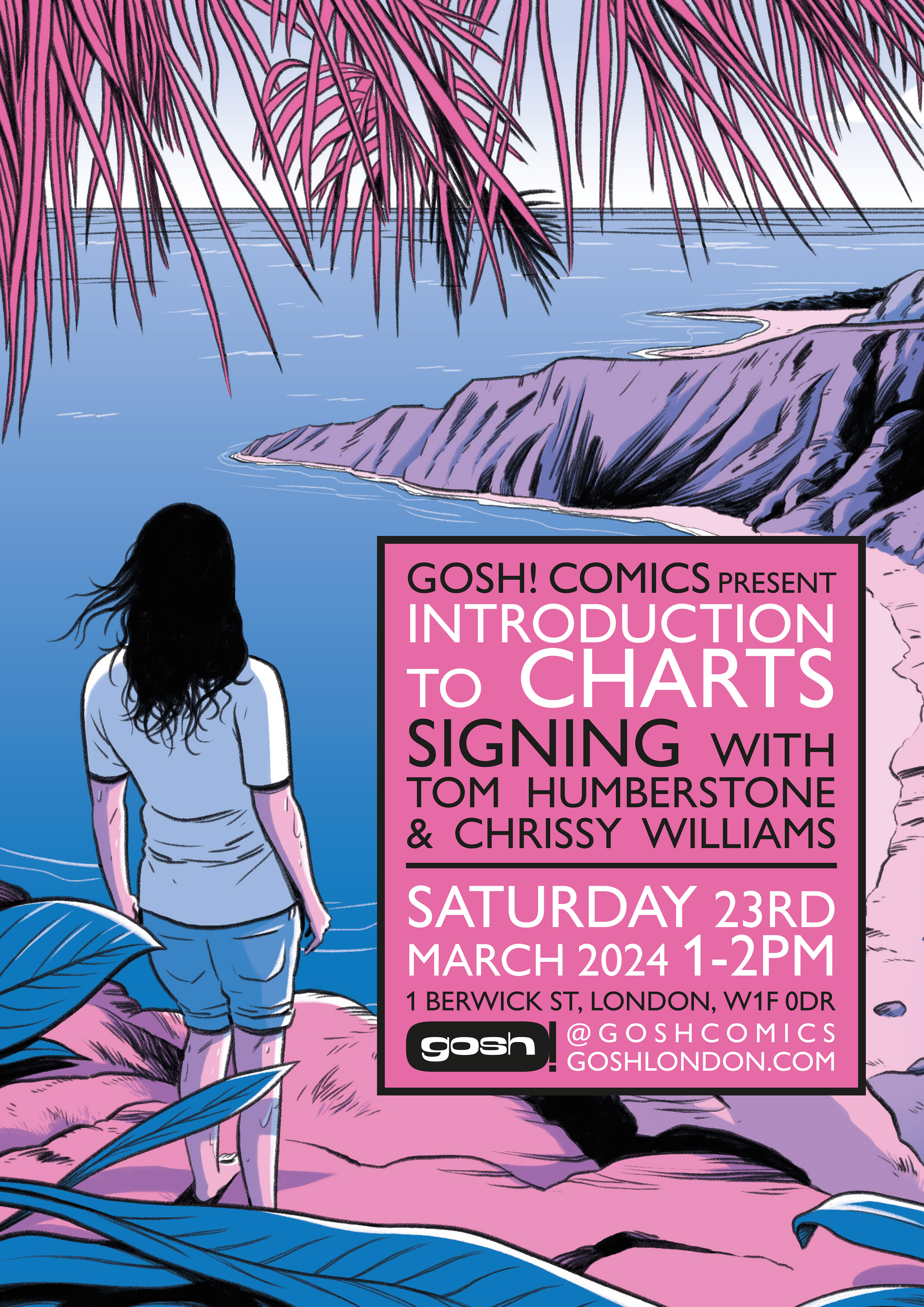
Links
- I recently revisted Anthony Minghella’s 1999 masterpiece The Talented Mr. Ripley and, as always, had a wonderful time doing so. Having finally read Highsmith’s original novel, I’m only now starting to really appreciate all the smart and interesting decisions Minghella made in adapating it. Broey Deschanel’s video about Ripley in relation to Saltburn goes into this in more detail and is a fun watch if you, like me, were… not a fan of Saltburn. I particularly enjoyed all the quotes and interview clips with Minghella. This one about the process of adaptation was a favourite:
“I think the whole business of adaptation, to me, is to try and find a way of walking into a room, having been the ideal reader, and saying: ‘this is what I thought I read, this is what really excited me, this is what interested me, this is what I want to argue with.’” - Anthony Minghella
- Also good: “You've drunk the drink, and the taste that's left in your mouth is what you go with.”
- This led me to find this great piece of writing by Minghella about his thoughts on adaptation generally.
- Another film I really loved recently was Wim Wenders’ Perfect Days. A film that, like The Bear, is about the beauty, nobility and joy of labour and of acts of service for others. A film that says: nothing lasts, change is inevitable, everything dies - so take a moment to appreciate the beauty of this moment, right now.
